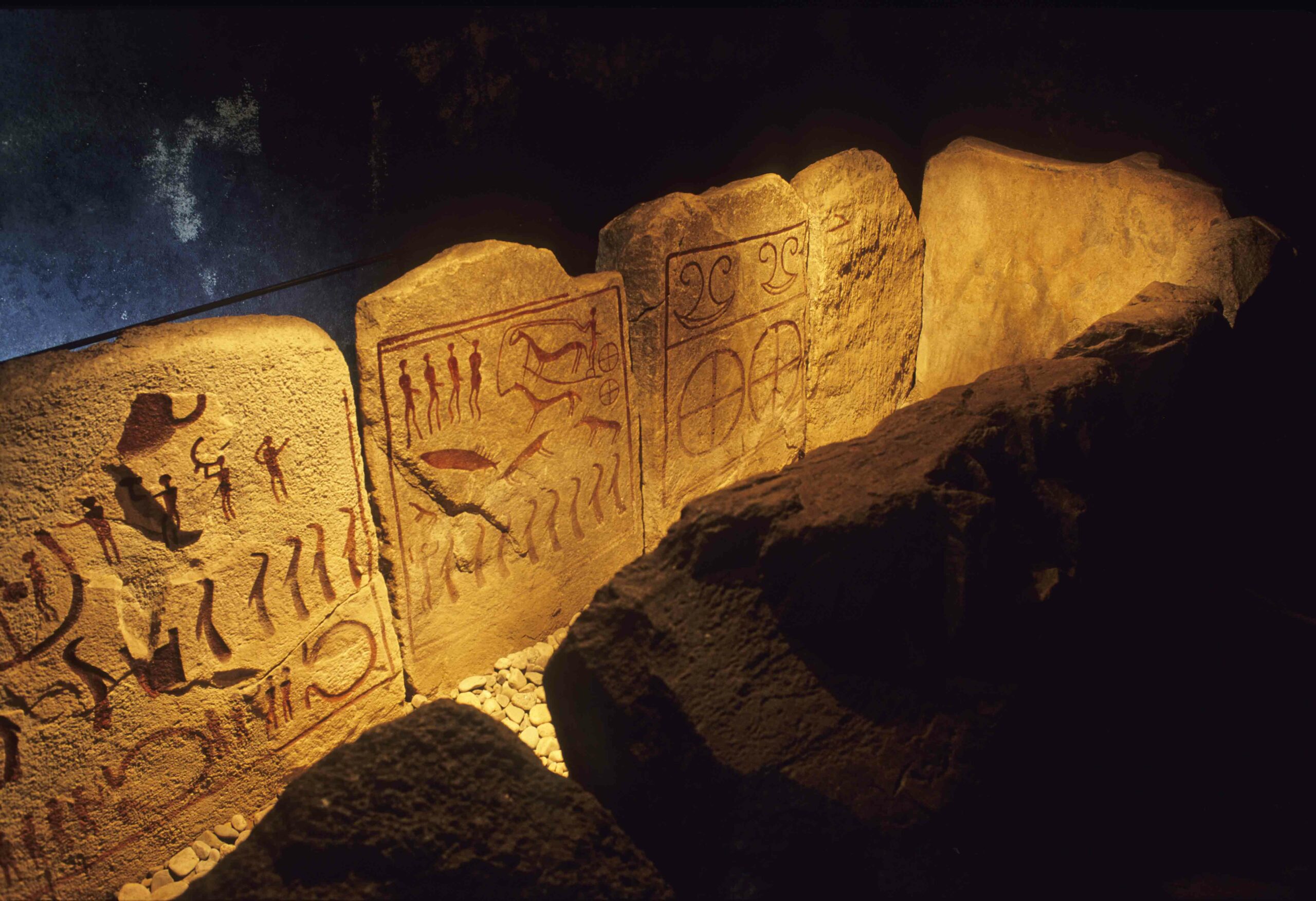
Chemical analysis of a limestone platform at Lattara, on the southern coast of France, indicates it was used for pressing grapes into wine. Dating to as early as 425 B.C., it is the first evidence of winemaking in the country. The platform bears traces of tartaric acid, the telltale compound associated with ancient Mediterranean grape wine. A nearby clay pot held the remains of thousands of grape seeds.
Archaeologists also uncovered several amphoras that contain residue of tartaric acid, but they are up to 100 years older than the press, suggesting that trade with northwest Italy spurred French winemaking.
“It’s not just some foreign people coming in and starting up winemaking,” says Patrick McGovern, a biomolecular archaeologist at the University of Pennsylvania Museum of Archaeology and Anthropology. “It’s the native Celtic people in France, the Gauls, who are involved.”










